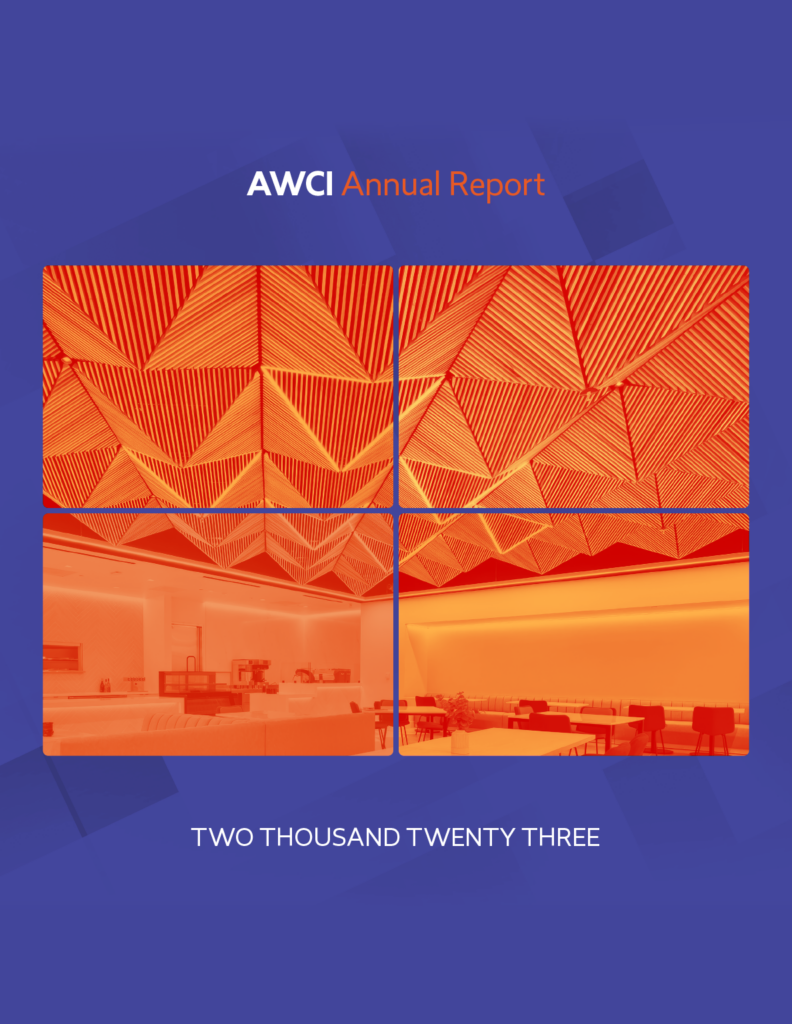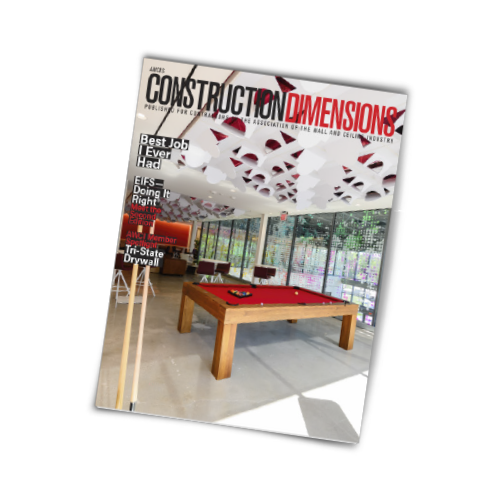The Unified Facilities Guide Specifications used by the Corps of Engineers, Naval Facilities Engineering Command and NASA for their construction projects have a new requirement involving exterior insulation and finish systems: UFGS is now requiring a third-party inspector. On the particular project brought to AWCI’s attention by member Vince Nihipali Sr. of V&C Drywall, in Hawaii, the requirements included a full-time inspector with the additional requirement that EIFS work could not be performed unless the inspector was present at the job site.
The issue for AWCI is that UFGS requires certification by EDI or by an equivalent independent party and shall be trained in the proper installation of EIFS. This means that an AWCI certified inspector can be used in lieu of an EDI certified inspector.
The field quality control portion of the specification also requires the contractor to establish and maintain an inspection procedure to assure compliance of the installed EIFS with contract requirements. Included with the guide spec is a two page checklist of items to look for during the progress of the EIFS installation.
If you bid on government jobs, be on the lookout for this requirement. In the meantime, AWCI will be making suggestions to the appropriate UFGS individuals to include AWCI as a certifying party and to also include requirements for the installer to be an EIFSmart Contractor.
There Is a New Cement Substitute to Watch
Structures USA, Inc. of Las Vegas, Nev., has invented a new type of lightweight concrete called GigaCrete that is cast into forms to make liftable panels. The panels are rapidly assembled to make buildings of all types, including affordable housing. GigaCrete uses waste ash and other fillers found locally to create a pourable, castable material that looks and feels like concrete but is a fraction of the weight. The panels are connected together rapidly forming walls, floors and roofs. A small house can be erected in hours or days with supervised unskilled labor. The cost savings are enormous, and the GigaCrete houses are totally fireproof, hurricane and earthquake resistant, insect proof and very safe.
The new form of lightweight concrete outperforms traditional concrete utilizing portland cement as the binder. This new concrete matrix does not use portland cement or sand and gravel and therefore does not have the inherent problems associated with that 2,500-year-old technology.
This technology is aimed at the global markets in housing, commercial, resort, hospitality, medical, retail and military structures. The products significantly outperform all known methods of traditional building materials either in strength, speed or cost, and Structures (USA) is looking for partners to commercialize the system.
Product highlights include the following:
- It is one-fifth the weight of concrete.
- It can be made up to four times stronger than concrete.
- It has an eight hour curing time versus 28 days for concrete.
- You can erect houses five times faster than comparable masonry structures.
- You construct can homes at approximately half the cost of wood frame homes.
- It can be stacked up to four stories high.
- It is environmentally friendly (does not use wood).
- ItUnlike concrete, Structures panels will not crack.
- The panels are resistant to hurricanes (Category 5), earthquake (Zone 4), mildew, mold and insects.
- The panels are non-combustible.
- The panels can be made bulletproof.
This technology is aimed at the global markets in housing, commercial, resort, hospitality, medical, retail and military structures. Structures (USA) is looking for partners to commercialize the system.
Send your technical questions to Donald E. Smith, CCS, AWCI’s director of technical services, to [email protected].




